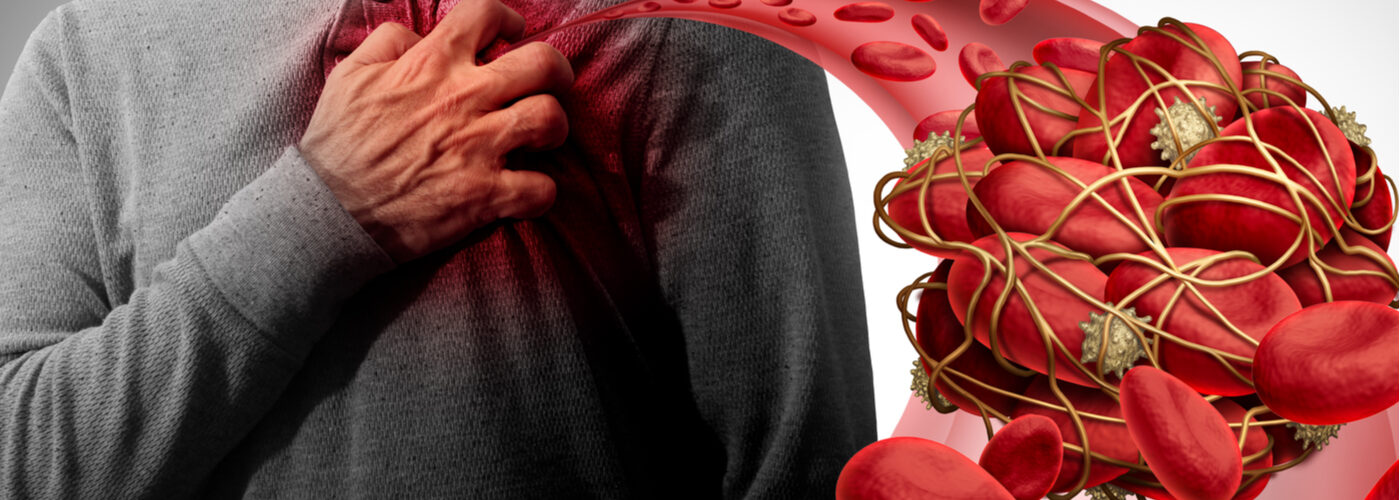The CDC and the FDA in the United States have recorded a small number of people vaccinated with J & J diagnosed with a bleeding disorder called thrombocytopenia syndrome (TTS).
In May 2022, the FDA limited the use of the J & J vaccine, only being suitable for people 18 years and older who cannot receive the Pfizer-BioNTech (Comirnaty®) or Moderna (Spikevax™) COVID-19 vaccine. ) because it would not be clinically appropriate; this includes people who had an allergic reaction to the Pfizer or Moderna vaccine.
Thrombocytopenia syndrome (TTS) occurs when the vaccine produces antibodies that activate platelets, leading to thrombocytopenia and blood clots (thrombosis). Clots can appear in veins and arteries throughout the body. TTS usually occurs 1 to 2 weeks after vaccination.
Possible symptoms include shortness of breath, chest pain, swelling of the legs, persistent abdominal pain, severe or persistent headaches, blurred vision, easier bruising or small spots of blood under the skin around the area where it was bovine.
If you have received the J & J vaccine and it has not been 15 days since you were vaccinated, you should watch for symptoms and seek medical attention.
Let’s see what this disease is about
Platelet function may be altered by a decrease in the number of platelets (thrombocytopenia)
Central thrombocytopenia can be selective or be part of a more generalized context of spinal cord depression. Regarding qualitative disorders, these may be acquired (the most common cause is due to the use of non-steroidal anti-inflammatory drugs [NSAIDs]) or be hereditary, due to the presence of antibodies against specific surface glycoproteins or a decrease in VWF (factor von Willebrand).
Viral infection is the most common cause of mild transient thrombocytopenia.
Thrombocytopenia is often divided into 3 main causes of low platelets:
• Insufficient production of platelets in the bone marrow
• Increased breakdown of platelets in the bloodstream
• Increased breakdown of platelets in the spleen or liver
The use of certain drugs can also lead to low production of platelets in the bone marrow. The most common example is chemotherapy treatment.
If the platelet level is very low, the doctor may replace the lost blood with transfusions of blood rich in red blood cells or platelets. Medicines. If the condition is related to an immune system problem, your doctor will prescribe medication to increase the number of platelets. Thrombocytopenia can last days or years.
Treatment of thrombocytopenia will depend on the cause, as long as it can be determined.
https://www.mskcc.org/es/coronavirus/johnson-johnson-vaccine
https://medlineplus.gov/spanish/ency/article/000586.htm#:~:text=Es%20cualquier%20trastorno%20en%20el,se%20asocia%20con%20sangrado%20anormal.
https://www.mayoclinic.org/es-es/diseases-conditions/thrombocytopenia/diagnosis-treatment/drc-20378298#:~:text=Si%20el%20nivel%20de%20plaquetas,aumentar%20la%20cantidad%20de%20plaquetas.
https://www.elsevier.es/es-revista-medicina-integral-63-articulo-un-paciente-con-plaquetopenia-13022432
https://www.salud.mapfre.es/enfermedades/hematologicas/plaquetas-bajas-causas-sintomas-y-motivos/








